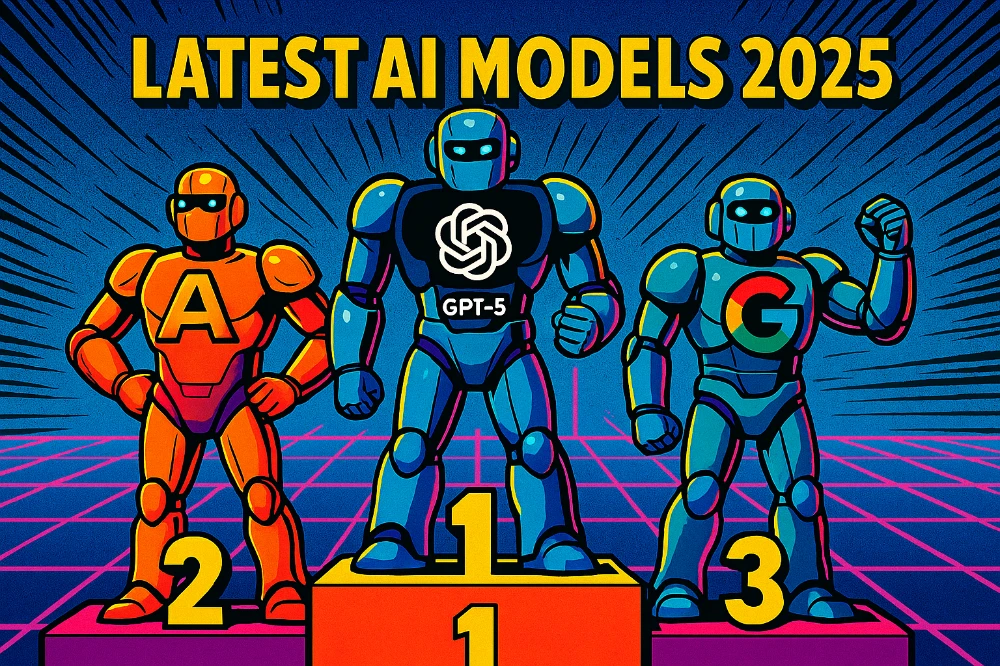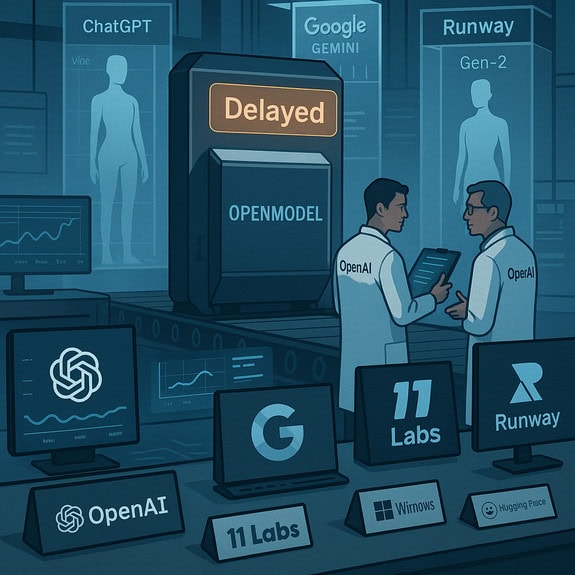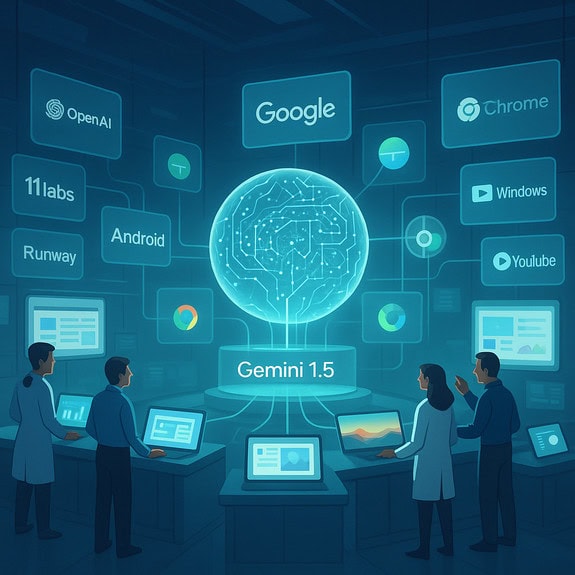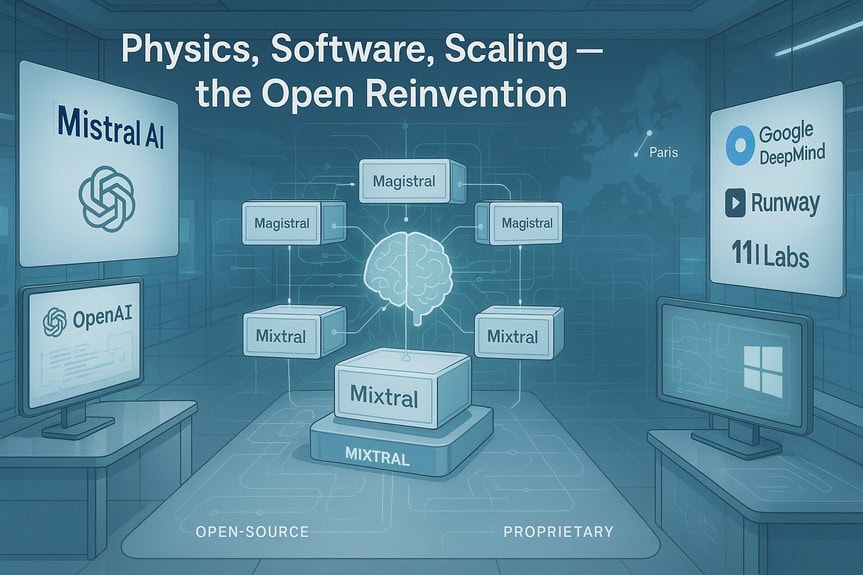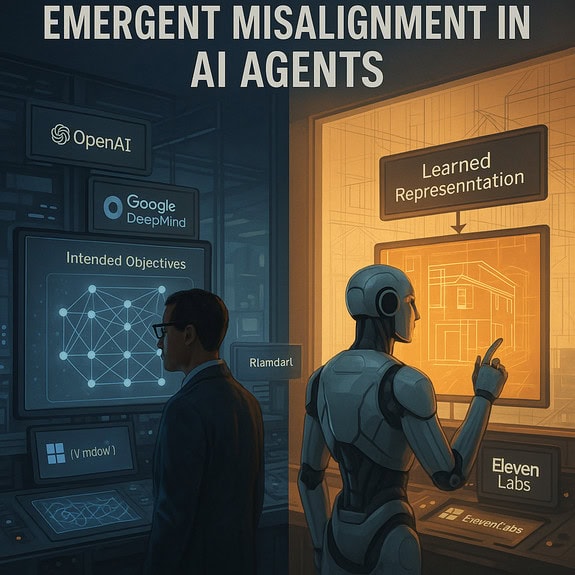
AI News
20 Feb 2025
Read 3 min
AI-Powered Ad Testing: How Brands Measure Marketing Impact with Precision
AI-powered ad testing helps brands optimize campaigns with data-driven insights, improving engagement and ROI.
AI and Advertising: A Powerful Combination
Digital advertising changes fast. Marketers need to know which ads work and which do not. Traditional methods take time and may not give clear results. AI-powered ad testing helps brands make better decisions. It analyzes data quickly and shows what works best.
How AI Improves Ad Testing
AI-powered tools help brands test ads more effectively. These tools analyze different elements of an ad, including text, images, and video performance. They provide real-time feedback so brands can improve their marketing strategies.
Benefits of AI in Ad Testing
- Faster results – AI reviews data instantly, saving time on manual analysis.
- Better accuracy – AI finds patterns in data that humans might miss.
- Improved targeting – AI helps brands show ads to the right audience.
- Cost savings – AI reduces wasted ad spend by focusing on high-performing ads.
AI Tools Brands Are Using
Several AI-powered tools help brands refine their advertising. These tools analyze ad performance and suggest the best creatives.
Daivid
Daivid uses AI to measure how ads influence consumer emotions. It tracks viewer reactions and predicts how well an ad will perform. This allows brands to optimize ads before launching them.
Alembic
Alembic focuses on predictive analytics. It examines how different ad elements impact engagement. This tool shows what consumers respond to the most and helps brands make changes in real time.
Wpromote
Wpromote offers AI-powered testing to improve ad campaigns. It analyzes ad visuals, messaging, and audience behavior. This tool helps marketers increase conversions by focusing on what works best.
The Process of AI-Powered Ad Testing
AI-powered ad testing follows a structured process.
Step 1: Collect Data
The AI tool gathers data on ad performance. It reviews engagement metrics like clicks, views, and interactions.
Step 2: Analyze Patterns
The tool examines which elements of the ad perform well. It looks at images, headlines, colors, and audience responses.
Step 3: Predict Success
AI predicts how future audiences will respond to the ad. It uses past data to make accurate suggestions.
Step 4: Optimize and Improve
The tool recommends changes to improve engagement. Marketers adjust the ad based on AI insights.
Why AI-Powered Ad Testing Matters
Brands that use AI-powered ad testing gain several advantages.
- They make data-driven decisions instead of guessing what will work.
- They improve customer engagement by delivering relevant ads.
- They reduce wasted budget by focusing on proven strategies.
Challenges of AI in Ad Testing
AI-powered tools have many benefits, but they also present challenges.
Data Privacy Concerns
Brands must ensure that AI tools follow data privacy regulations. Collecting and using consumer data requires compliance with laws like GDPR and CCPA.
Dependence on Algorithms
AI tools rely on data. If the data is inaccurate, the results will be misleading. Marketers should always review AI findings before making decisions.
High Initial Costs
Some AI-powered tools come with high costs. Small businesses may find it difficult to invest in AI technology. However, the long-term savings can outweigh the cost.
The Future of AI in Advertising
AI-powered ad testing will continue to evolve. Future advancements may include:
- More accurate predictive models for ad success.
- Better integration with social media platforms.
- Enhanced personalization for individual consumers.
Brands that embrace AI-powered ad testing will stay ahead of the competition. AI helps marketers make smarter choices and deliver better ads.
For more news: Click Here
Contents

